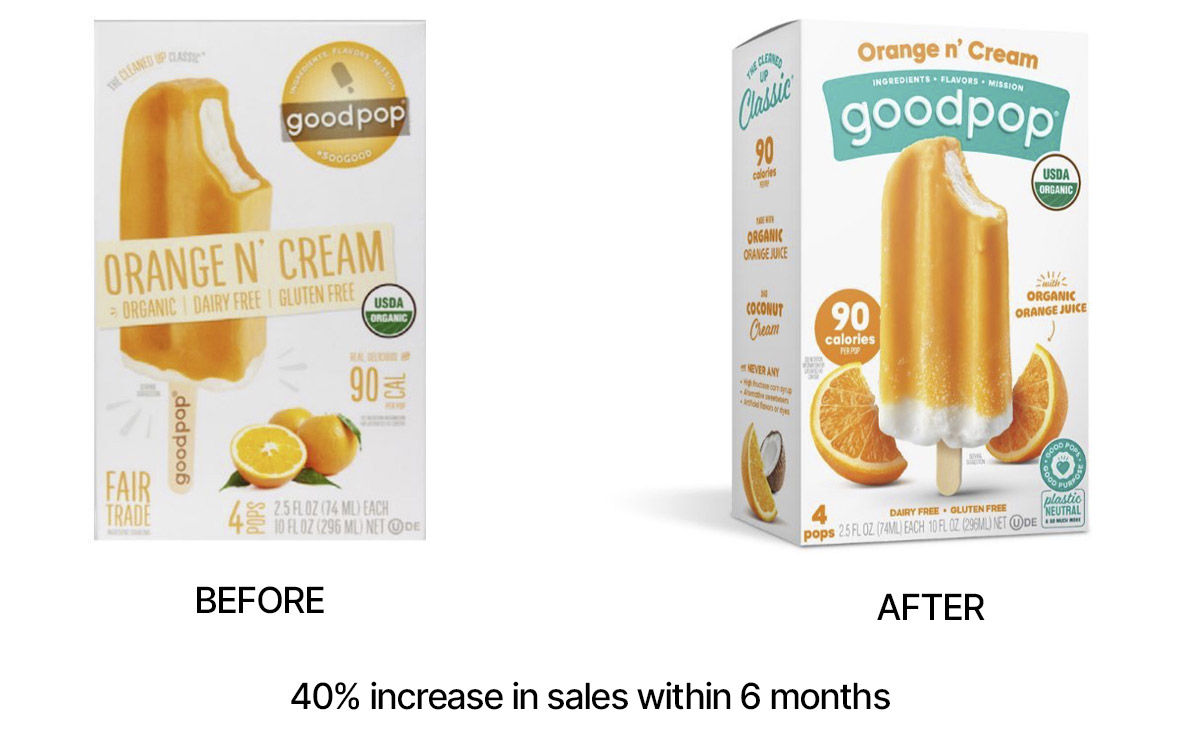Does design matter?
In today’s competitive markets, good design is no longer just an aesthetic advantage – it is a critical factor in increasing sales, whether it’s physical products or software. Companies that prioritize user-centric design and visually appealing products have a clear advantage when it comes to attracting and retaining customers.
Statistics that show the impact of good design
According to a study by Forrester Research, companies that focus on design can increase their revenue by up to 228%. Another study, conducted by McKinsey, shows that companies that invest in design performance can see a return on design investment that is 2 to 3 times higher than those that do not. This applies to both physical products and software.
When it comes to software and user experience, small improvements in design can make a huge difference. According to Adobe, 38% of users reported that they would stop using a website if it didn’t have an attractive design. This means that businesses that offer a user-friendly and visually appealing digital experience are more likely to convert visitors into customers.

The role of product design
For physical products, the impact of design is just as strong. One example is Apple, where the company’s elegant, user-centric design has played a central role in building a strong brand and increasing sales. According to a study by the Design Management Institute, companies with a strong design strategy outperformed the stock market by 219% compared to companies without the same focus.
Summary
Good design does more than just look good – it increases usability, improves customer experience, and creates a stronger relationship between companies and customers. By investing in both visual and functional design, companies can not only stand out in the marketplace, but also increase their sales and long-term success.